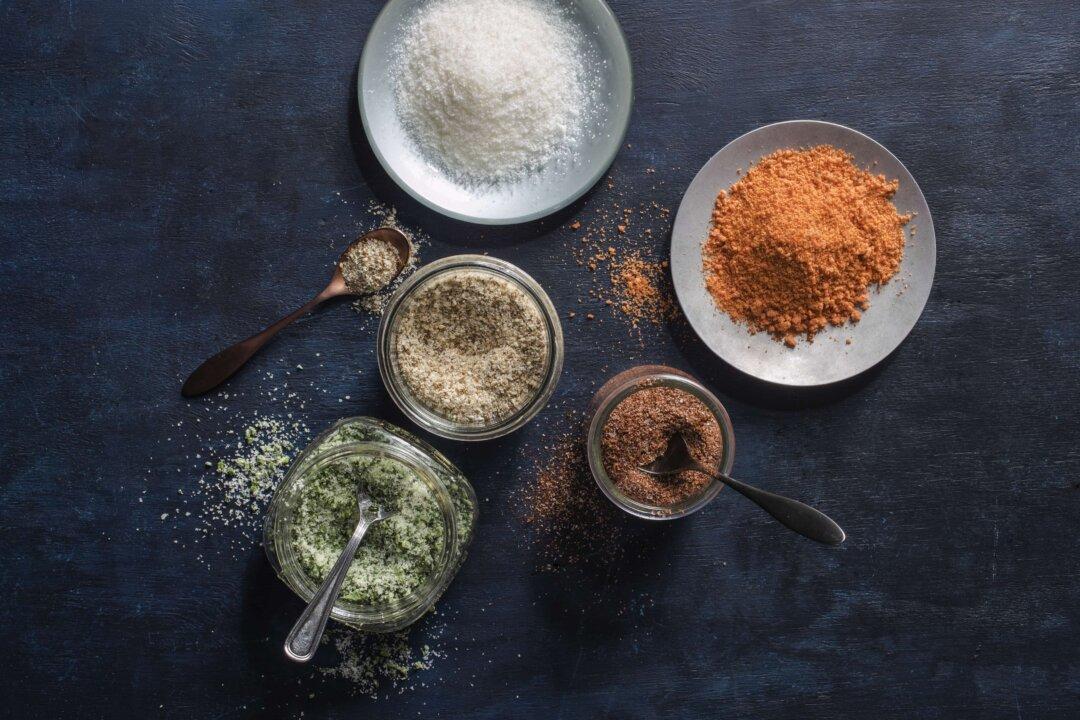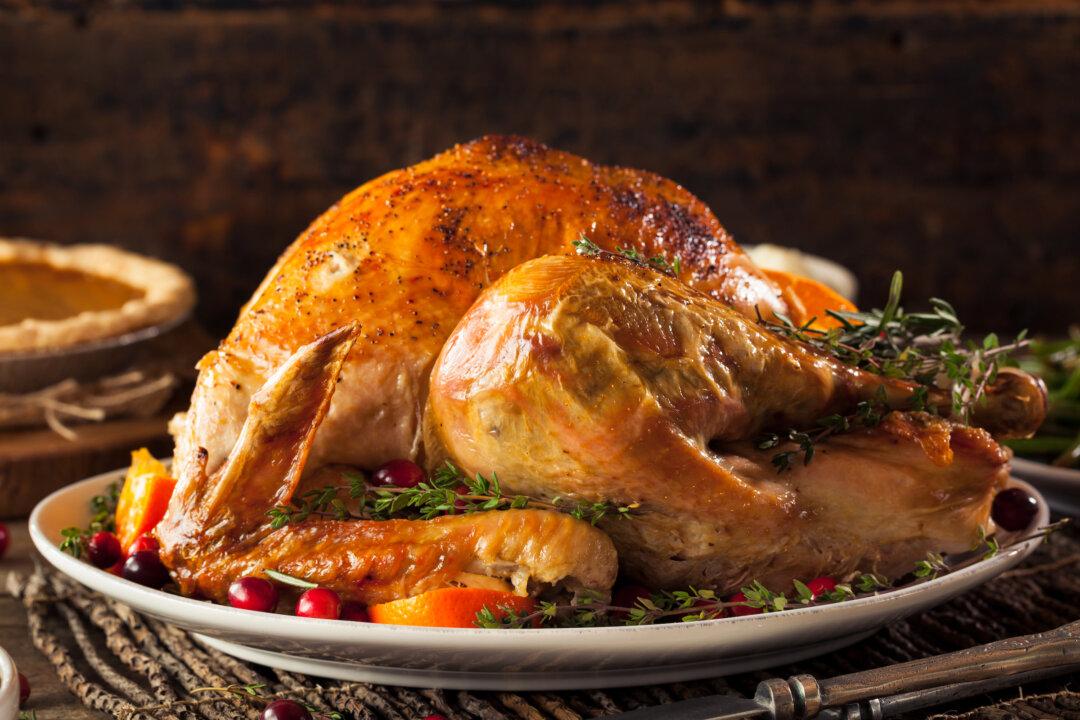The layers of earthy, smoky, pungent flavors in a warming curry; the tingling bite and subtle crunch of a peppercorn crust on a juicy steak; the zing of hot chili oil drizzled over a finished dish—spices, in their many forms, bring foods to life.
A new cookbook from America’s Test Kitchen, “Spiced,” is all about how to harness these culinary powerhouses.






